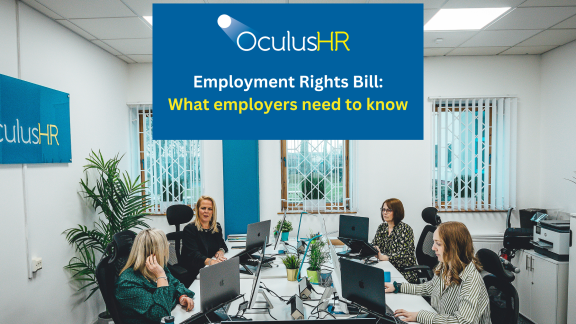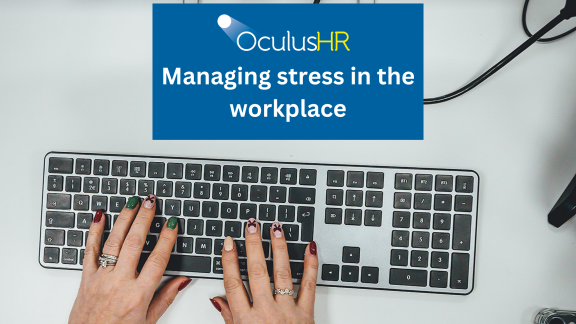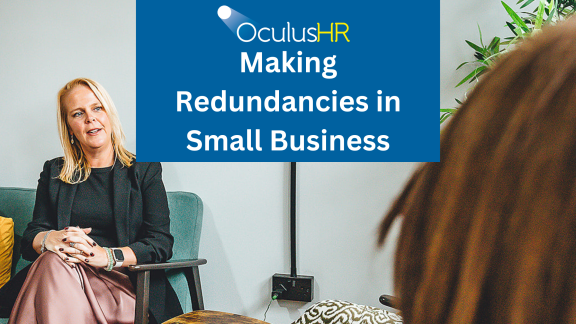Stress is one of the most pressing workplace issues for employers in 2025. Recent research shows that 79% of UK workers experience work-related stress on a regular basis.
With such widespread impact, stress isn’t just a wellbeing concern, it has a direct impact on productivity, absence rates, and retention, making it a serious business risk as well as a health issue.
Understanding workplace stress
So what does stress in the workplace actually look like?
It can stem from factors such as excessive workload, unclear expectations, lack of control, poor communication, and isolation, pressures that have only increased with the rise of hybrid and remote working.
It’s also important to distinguish between healthy pressure and harmful stress. Short bursts of pressure can motivate performance, but prolonged stress creates burnout, disengagement, and illness. In 2023/24, stress, depression, or anxiety accounted for 46% of work-related ill health in the UK, leading to 16.4 million lost working days.
The impact of stress on businesses
The cost of stress to UK employers is substantial. Stress related absence is estimated to cost £28 billion each year, with each affected employee taking an average of 21 days off work.
For businesses, it isn’t just about lost days. It means disrupted teams, reduced productivity, and extra pressure on colleagues left to cover the gaps. Over time, stress undermines culture, morale, and growth.
What employers can do
There are practical steps that every organisation can take to reduce workplace stress.
Foster an open culture
Encourage conversations about stress and mental health so issues can be raised and addressed early.
Train managers to spot the signs
Managers are often the first to notice changes in behaviour or performance. Giving them the confidence to act makes a big difference.
Provide practical support
Employee assistance programmes, wellbeing workshops, or short stress-awareness sessions can give employees the tools to manage challenges more effectively.
Balance workloads and expectations
Ensure targets are realistic and priorities are clear. Unrealistic demands are one of the biggest drivers of workplace stress.
Tailor your approach
Stress doesn’t affect everyone in the same way. For example, women take nearly twice as much time off for stress-related illness compared to men. A personalised approach ensures no one slips through the net.
Legal responsibilities
Beyond the moral case for supporting employees, UK employers also have a clear duty of care Health and Safety law. This includes assessing risks around stress and taking steps to reduce them.
A proactive approach isn’t just about compliance, it also reduces the risk of legal claims and shows employees that their wellbeing is a genuine priority.
Building a healthier workplace
Managing stress at work is a business-critical issues that affects everything from productivity to retention. By addressing stress proactively, through open culture, strong management, and clear processes, organisations can protect their people and strengthen performance.
If you’d like practical support, our upcoming Stress at Work training session with Talk Works on 11thSeptember is a great place to start – find out more and book your place here.












